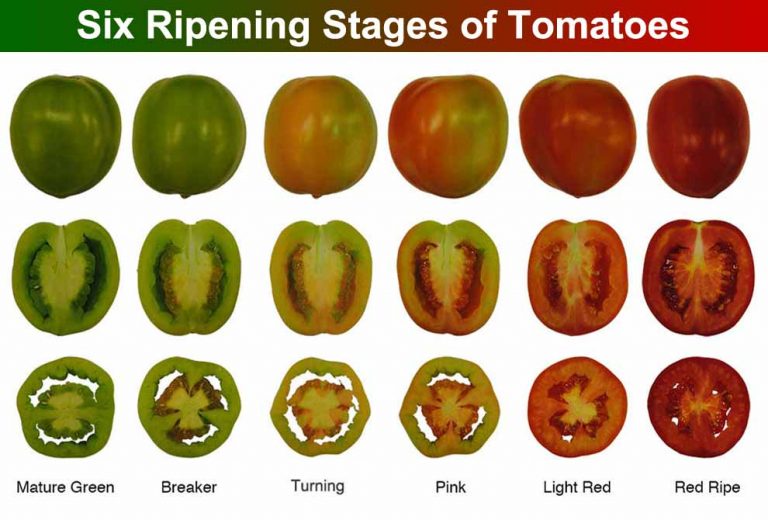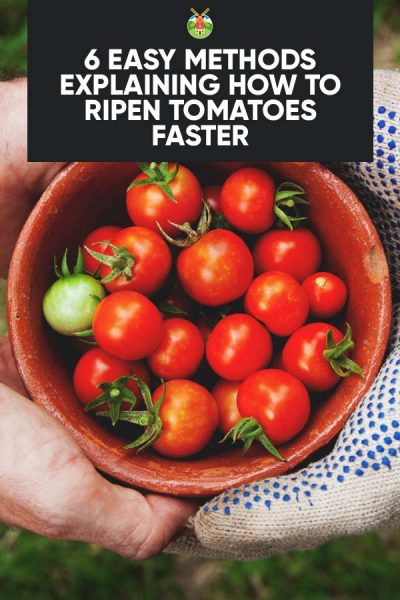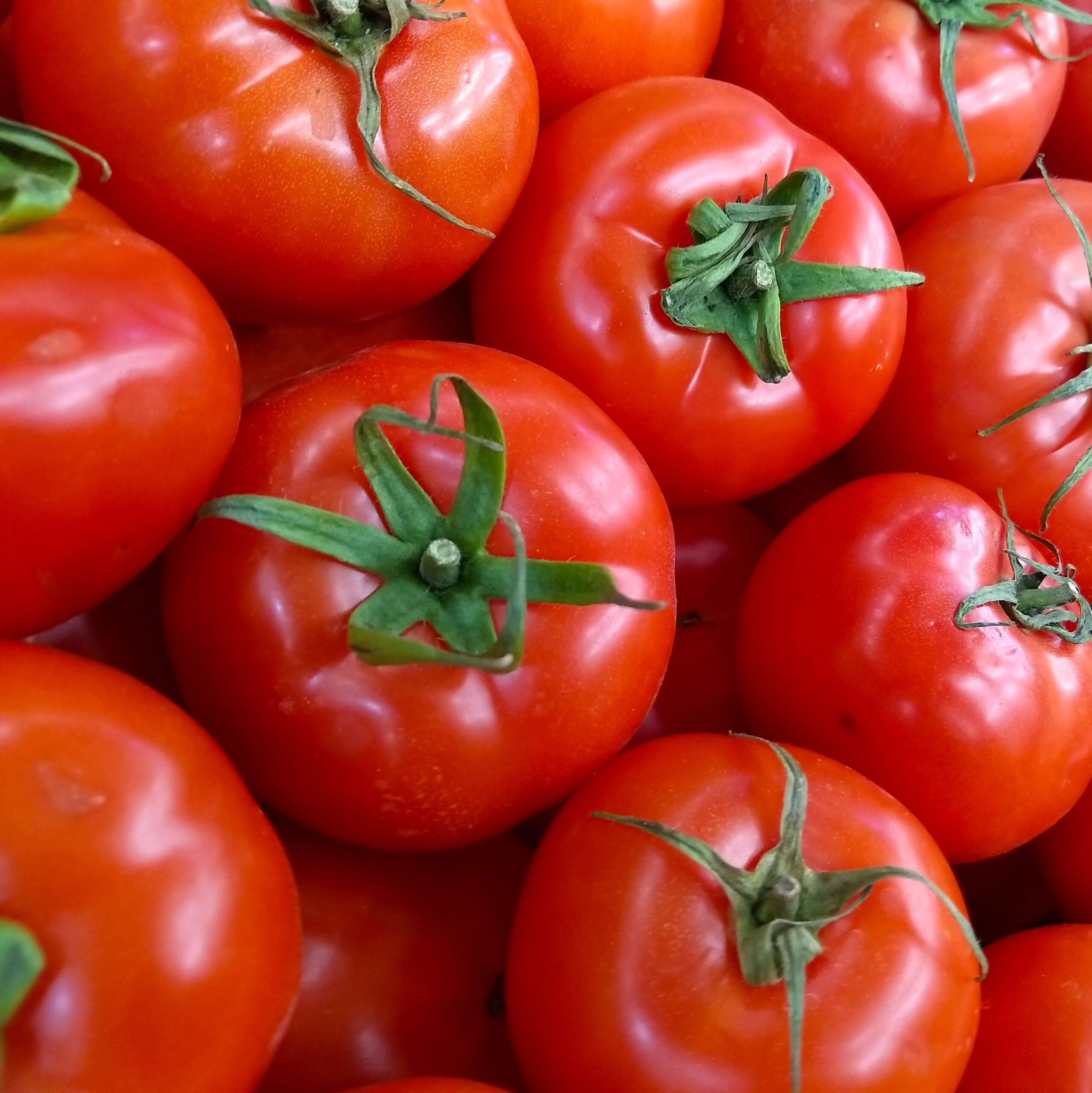Tomato Ripening Season: An Overview
Tomatoes, a beloved fruit in both home gardens and commercial agriculture, have a fascinating ripening process that captures the curiosity of many. The question, “what month do tomatoes ripen?” is a common one, but the answer is not as straightforward as it might seem. The ripening time of tomatoes depends on various factors, including the type of tomato and the cultivation methods used. In this comprehensive guide, we will explore the ins and outs of tomato ripening seasons and provide valuable insights for gardeners and enthusiasts alike.
Understanding Tomato Varieties: A Key Factor in Ripening Time
When discussing the question, “what month do tomatoes ripen?”, it’s essential to consider the different tomato varieties available. Tomatoes can be classified into two main categories: determinate and indeterminate. Determinate tomatoes, also known as bush tomatoes, have a predetermined growth pattern and set a specific number of fruit that ripens simultaneously. In contrast, indeterminate tomatoes, or vining tomatoes, continue to grow and produce fruit throughout the season.
Examples of early-season tomato varieties include ‘Stupice’ and ‘Early Girl’, which can start producing fruit as early as 45 to 55 days after transplanting. Mid-season varieties, such as ‘Better Boy’ and ‘Big Beef’, typically require 60 to 80 days to reach maturity. Late-season tomatoes, like ‘Brandywine’ and ‘ Mortgage Lifter’, may take up to 90 days or more to fully ripen. By understanding the unique ripening patterns of these varieties, gardeners can plan and time their planting accordingly to enjoy tomatoes at the peak of perfection.
Selecting the right tomato variety for your region and climate is crucial for a successful harvest. For instance, gardeners in short-season areas should opt for early-season varieties to ensure fruit maturation before the first frost. Meanwhile, those in long-season regions can experiment with a mix of early, mid, and late-season varieties to extend their tomato-growing experience.
Environmental Factors: Temperature, Sunlight, and Soil
In addition to tomato variety, environmental factors significantly influence the ripening process, answering the question, “what month do tomatoes ripen?” Temperature, sunlight, and soil quality are critical elements that interact with the tomato plant to affect the speed and uniformity of ripening.
Temperature: Tomatoes prefer warm temperatures between 70°F and 85°F (21°C and 29°C) for optimal growth and ripening. Nighttime temperatures should ideally remain above 55°F (13°C). Cooler temperatures slow down the ripening process, while excessive heat can cause fruit to ripen unevenly or develop a bland flavor. In regions with extreme temperatures, growers may employ shade cloths, greenhouses, or other protective measures to maintain ideal growing conditions.
Sunlight: Full sun exposure, defined as at least six hours of direct sunlight per day, is essential for healthy tomato growth and ripening. Sunlight promotes photosynthesis, which fuels the plant’s energy production and contributes to the development of sugars and other flavor compounds in the fruit. Insufficient sunlight can result in weak plants and delayed fruit ripening.
Soil Quality: Rich, well-draining soil is vital for tomato health and productivity. Soil should contain a balanced pH between 6.0 and 6.8, as well as adequate levels of organic matter to support nutrient availability and water retention. Regular fertilization, mulching, and crop rotation can help maintain soil health and promote consistent tomato ripening.
How to Encourage Faster Tomato Ripening
Gardeners can employ various strategies to promote faster tomato ripening, ensuring a bountiful and delicious harvest. Here are some practical tips to help your tomatoes reach their prime more quickly:
Pruning: Pruning the leaves and suckers surrounding the fruit encourages better air circulation and sunlight penetration, accelerating the ripening process. Focus on removing excessive foliage while leaving enough to support plant health and fruit development.
Providing Proper Support: Staking or caging tomato plants helps maintain an upright growth pattern, reducing the risk of fruit damage and rot. Support structures also make it easier to monitor fruit development and identify ripe tomatoes.
Managing Watering Schedules: Overwatering can lead to delayed ripening and other issues, such as fungal diseases. Aim to keep the soil consistently moist but not waterlogged, and avoid wetting the foliage when watering. Mulching around the base of the plant can help regulate soil moisture and temperature.
Monitoring Plant Health: Regularly inspect your tomato plants for signs of pests, diseases, or nutrient deficiencies, which can hinder ripening. Address any issues promptly to ensure optimal plant health and fruit development.
Harvesting Tomatoes at the Perfect Time
Knowing when to harvest tomatoes is crucial for enjoying optimal flavor and texture. Ripe tomatoes exhibit several key characteristics that help gardeners determine the ideal time to pick them. Here’s what to look for:
- Color: Ripe tomatoes display a deep, uniform color, depending on the variety. For instance, red, pink, orange, yellow, or purple hues may indicate ripeness. Avoid harvesting tomatoes that still have green or pale patches, as these areas may not have fully developed flavors.
- Touch: Gently squeeze the tomato to assess its firmness. Ripe tomatoes should have a slight give but not feel mushy or overly soft. Overripe tomatoes may have wrinkled skin and a mealy texture.
- Aroma: Ripe tomatoes release a pleasant, distinct aroma. Smell the stem end of the fruit to determine if it has a rich, tomatoey scent. A lack of aroma may indicate an underripe tomato.
Proper harvesting techniques are essential for preserving the plant and ensuring the best possible flavor. To harvest tomatoes, gently twist and pull the fruit away from the vine, leaving a short piece of the stem attached. Avoid yanking or tugging at the tomato, as this can damage the plant and potentially cause premature fruit drop.
To extend the shelf life of harvested tomatoes, store them at room temperature, out of direct sunlight. Refrigeration can compromise flavor and texture, so it’s best to consume tomatoes at room temperature or allow them to warm up before serving. If you have an abundance of ripe tomatoes, consider preserving them using canning, freezing, or dehydrating methods to enjoy their taste even during the off-season.
Regional Differences in Tomato Ripening Seasons
Tomato ripening seasons can vary significantly across different regions and climates, presenting unique challenges and advantages for gardeners. Understanding these variations and adapting cultivation techniques can help growers maximize their tomato-growing potential.
Northern Regions: In colder climates, such as the northern United States and Canada, tomatoes face a shorter growing season due to lower temperatures and limited sunlight. Gardeners in these regions should opt for early and mid-season tomato varieties, which have a faster maturation rate and can produce fruit before the first frost. Utilizing greenhouses, cold frames, or row covers can extend the growing season and provide a protective environment for tomato plants.
Southern Regions: In warmer climates, such as the southern United States and parts of Europe, tomatoes benefit from a longer growing season and abundant sunlight. However, excessive heat and humidity can lead to issues like sunscald, blossom end rot, and other diseases. Gardeners in these regions should select heat-tolerant tomato varieties and employ strategies like shading, proper watering, and soil amendments to maintain optimal growing conditions.
Coastal Regions: Coastal areas often experience mild temperatures, frequent rainfall, and high humidity, which can impact tomato ripening and plant health. Gardeners in these regions should choose disease-resistant tomato varieties and employ proper air circulation, drainage, and soil management techniques to minimize the risk of fungal diseases and other issues.
Mountainous Regions: At higher elevations, cooler temperatures and shorter growing seasons can pose challenges for tomato growers. Selecting early-season varieties, utilizing protected growing spaces, and employing soil warming methods can help tomatoes thrive in mountainous regions.
Regardless of the region, understanding the unique challenges and advantages of your local climate is crucial for successful tomato cultivation. By selecting the right tomato varieties, employing proper growing techniques, and adapting to regional conditions, gardeners can enjoy a bountiful and delicious tomato harvest, even in less-than-ideal circumstances.
Preserving Tomatoes for Year-Round Enjoyment
Preserving ripe tomatoes is an excellent way to enjoy their taste even during the off-season. Various preservation methods offer unique benefits, allowing gardeners to savor the flavors of their labor long after the tomato season has ended.
Canning
Canning is a traditional preservation method that involves sealing cooked tomatoes in airtight containers, creating shelf-stable products. This technique is ideal for preserving whole, crushed, or pureed tomatoes, as well as tomato sauces and salsas. Canned tomatoes retain their flavor and nutritional value for up to 18 months, making them an excellent option for long-term storage.
Freezing
Freezing is a simple and effective way to preserve ripe tomatoes, requiring minimal preparation. To freeze tomatoes, wash, core, and cut them into halves or quarters. Place the cut tomatoes on a baking sheet and freeze them until solid. Once frozen, transfer the tomatoes to freezer-safe bags or containers, where they can be stored for up to eight months. Frozen tomatoes are ideal for cooking, as their texture may change during the thawing process.
Dehydrating
Dehydrating removes the majority of the water content from tomatoes, creating a flavorful and long-lasting product. To dehydrate tomatoes, slice them thinly and arrange them on dehydrator trays. Follow the manufacturer’s instructions for temperature and time settings. Once dehydrated, store the tomatoes in airtight containers for up to one year. Dehydrated tomatoes are perfect for snacking, adding to soups, stews, and other dishes, or rehydrating for use in recipes.
By incorporating these preservation methods, gardeners can extend their tomato-growing season and enjoy the fruits of their labor year-round. Experiment with various techniques and recipes to discover the perfect preservation methods for your tomato harvest.
Celebrating Tomato Season: Recipes and Events
Tomato season is a time of joy and abundance for gardeners and food enthusiasts alike. The vibrant colors, delightful aromas, and diverse flavors of fresh tomatoes make this fruit a celebrated ingredient in various dishes and events worldwide.
Favorite Tomato-Based Recipes
Tomatoes are incredibly versatile, lending their flavors to a wide range of dishes. Here are a few favorite tomato-based recipes to enjoy during the peak ripening season:
- Caprese Salad: A simple and elegant dish featuring sliced tomatoes, fresh mozzarella, basil, and a drizzle of balsamic glaze or olive oil.
- Margherita Pizza: A classic Italian pizza topped with ripe tomatoes, fresh mozzarella, basil, and a sprinkle of sea salt.
- Gazpacho: A chilled Spanish soup made from ripe tomatoes, cucumbers, bell peppers, garlic, and bread, blended and served with garnishes like diced vegetables and croutons.
Local Tomato Events
Numerous events and festivals around the world celebrate the tomato season, offering opportunities for learning, tasting, and connecting with fellow tomato enthusiasts. Some popular tomato events include:
- La Tomatina, Buñol, Spain: Held annually in August, this famous tomato-throwing festival attracts thousands of participants who engage in a massive food fight using overripe tomatoes.
- Tomato Festival, Berkeley, California, USA: This annual event features tomato tastings, cooking demonstrations, and competitions like the world’s largest tomato contest and the world’s best salsa contest.
- Il Palio dell’Assunta, Siena, Italy: Held in August, this historic horse race includes a colorful parade featuring tomato-themed costumes and floats.
By exploring favorite recipes and attending local events, tomato lovers can fully embrace the joy and abundance of tomato season. Encourage readers to share their own tomato-growing experiences and continue exploring the world of tomatoes.





